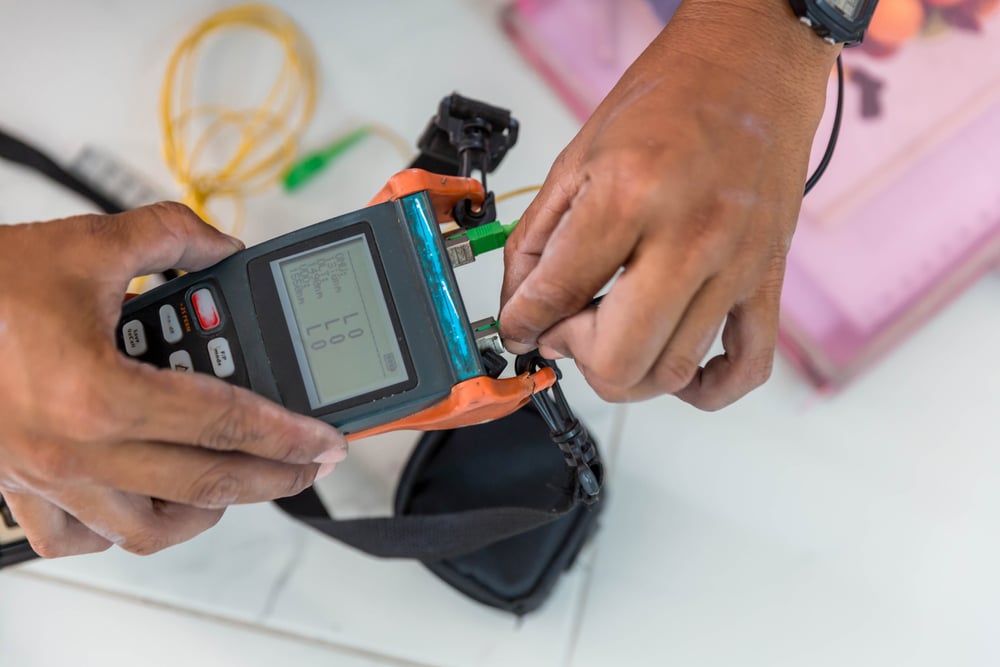
How LiDAR and Utility Engineering Go Hand in Hand
Utility conveyance helps power our world and makes it go around. The ability to transmit power, water, and other services from place to place is essential to how we function as a modern society. In many areas, these lines are buried underground where they can be safely secured and insulated from pedestrians, vehicular and air traffic, and other conflicts. Managing these utility lines and connecting new services are important to progress and development.
What is Subsurface Utility Engineering?
Utility engineering, specifically subsurface utility engineering (SUE), is the area of knowledge that involves design, construction and risk management for underground utility mapping, expansion, coordination, relocation, and condition assessment. When there’s a need to expand existing services or bury new pipelines, the work effort must include planning, design, and construction. This applies to all types of utilities, including electricity, gas, water, wastewater, oil, telephone, cable, and fiber optics, among others. Installation of new service lines and expansion or relocation of existing lines involves a SUE investigation of the area to see what buried objects are present and what adjustments need to be made. SUE work efforts are also necessary prior to the construction of a new road or bridge in a particular area.
What is LiDAR?
LiDAR is a method of survey that uses laser light and a sensor to measure the distance between the sensor and the object or point illuminated by the laser light. When several of the distances of these points are measured, a 3D map can be generated that accurately represents each measurement. This process is often used to generate a digital terrain model (DTM) or a ground surface map that accurately represents the topography for a particular area. This is an important step in the information gathering phase of a utility engineering project.
Why is it Important to Properly Map out Underground Elements?
If a designer started developing plans for underground fiber optic lines without knowing what was out there, he/she could end up creating construction plans that are not constructible. For a SUE investigation, it’s important to know where existing lines or objects are so that potential utility conflicts can be addressed in the planning and design phases. If a contractor started excavating without an accurate representation of site conditions, he/she could possibly rupture an existing line, creating a dangerous situation, as well as a timely and costly setback. During a SUE investigation, existing lines and objects can be identified and marked in the field so the resulting design plan is as accurate as possible.
How do LiDAR and SUE relate?
With an accurate underground survey, you can properly develop an expansion or relocation plan. You can see where your planned fiber optic lines can be oriented or adjusted relative to existing lines. Our VG4D Smart LiDAR can be used by surveyors and utility engineers to develop precise maps for SUE explorations and manage the associated information, getting your utility projects started on the right foot. When you combine our LiDAR capabilities with any of our other planning, design, and construction services, you get one-stop shopping for fiber optic network solutions.
Check out our last post: 5G Wireless and its High Fiber Diet





No Comments
Sorry, the comment form is closed at this time.